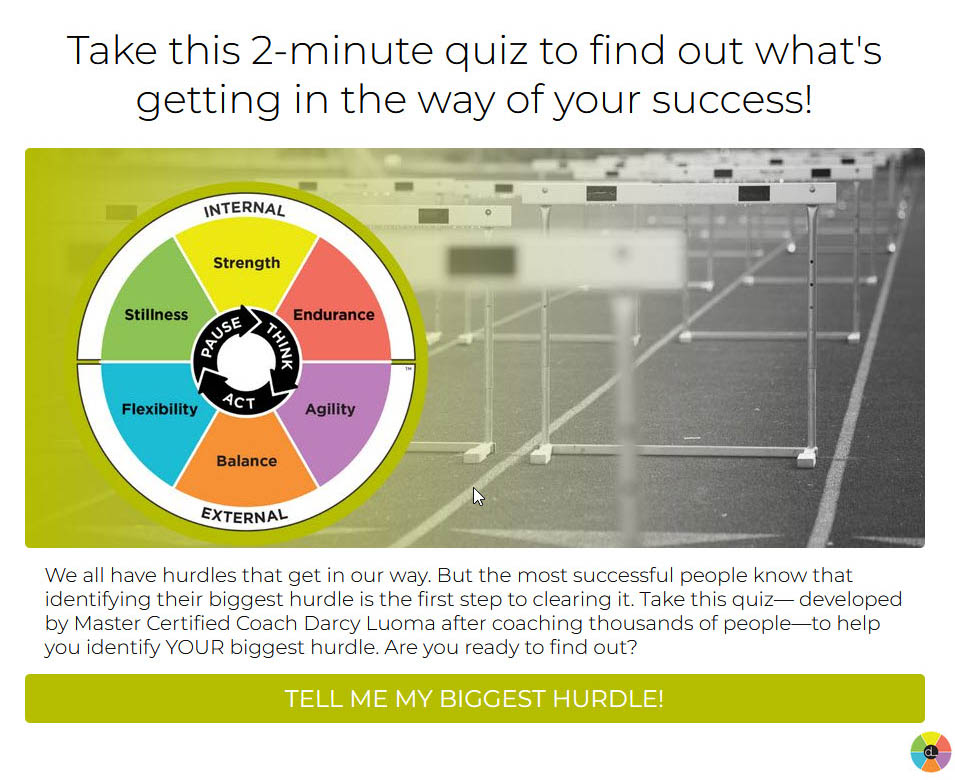Emily sighed in frustration. Yet another day of feeling mentally swamped.
She had built a successful career and was accomplishing a lot – and yet, deep down, she was struggling.
Emily’s days were crammed full of checking off items from to-do lists, chauffeuring kids to and from events, listening to leadership podcasts, keeping up with current affairs, answering calls from friends and family… the list goes on.
“Why is there never any time to do anything creative?”, she wondered.
Does any of this sound familiar to you?
If it does, you’re not alone. There’s something unique about American culture that seems to say: “You should be working all the time, otherwise you won’t get anywhere in life.” Influencers like Gary Vaynerchuk and Grant Cardone brag about 80-hour work weeks and praise the value of “hustle culture.”
I’m not immune to this either, having previously shared how I’ve spent most of my life working in every spare moment.
But while we might be able to burn the candle at both ends for a limited period, the idea that you can work all the time is a fallacy. Don’t believe me? Try working on a task for 12 hours straight and see how it turns out! Constantly being in “go-go-go mode” doesn’t lead to the results we want. Instead, it’s a recipe for burnout and exhaustion.
The power of recovery days
An analogy with physical fitness is helpful here. There’s a reason why we feel sore in our muscles following an intense workout – it’s our body’s way of telling us to take a break. Pushing through those aches and pains may work in the short-term. But if you keep doing it, you’ll open yourself up to injuries and will eventually stop seeing progress in your training. Plus, your muscles rebuild stronger during recovery.
Elite athletes like Serena Williams and Tiger Woods have been able to enjoy sporting careers into their 40s. They have intense training regimes; you can be sure of that. But they also take copious amounts of time for Stillness, rest and downtime.
Recovery days are a key part of their respective training programs – sometimes even mid-tournament. In other words: they’ve been successful because they prioritize Stillness, not in spite of it. A valuable, and perhaps counterintuitive lesson for Emily, who repeatedly told me in coaching that having time to ”just be” felt unproductive.
Unfortunately, I previously overtrained because I wasn’t giving my muscles recovery time. I’ve since learned that taking rest is essential if I want to keep at peak fitness.
Just as we have to give our bodies a break in order to maximize physical performance, being Thoughtfully Fit means that we have to give our minds Stillness. The value of Stillness is well established scientifically, as the following studies demonstrate:
- Nature Neuroscience found that people who took a 30-minute nap between work tasks were more likely to stay focused. Individuals who napped for 60-minutes showed even better results.
- A Scottish study found that walking through nature induces a state of calm.
- Research published in ScienceDirect showed that prolonged attention to a single task was less effective than taking regular breaks.
Building a practice of Stillness
Here at Darcy Luoma Coaching & Consulting, we recently observed one of the members of the Thoughtfully Fit Gym make tons of progress with Stillness.
This person had been struggling with feeling overwhelmed due to a sense of having too much to do, and each task feeling equally important and urgent. While working out in the Thoughtfully Fit Gym, she practiced Stillness, and that gave her space to discern which tasks were more important than others. She’s since built a Stillness practice into her daily life. This means when a crisis strikes, she has a system to determine whether that crisis trumps her current priority, or whether she can delegate it to someone else.

- Pause: Put everything else down, close your eyes, and take a moment for yourself.
- Think: Allow your thoughts to flow where they want to. Observe your thoughts, and notice if anything becomes clearer as you give your mind time to process.
- Act: Enjoy the clarity that comes from giving your mind some Stillness.
As for Emily, she developed a practice of quieting her mind on her commute to and from work. That became her time to mentally prepare for the day on the way to the office, and then let go of everything that had happened on the way back home.
After making this change, she was able to be more present for her family, and her people problems decreased, since she was no longer adding fuel to the fire. Way to go, Emily!
Recommendation: If you’re looking for a book that’ll help you develop your practice of Stillness, Darcy recommends Timothy Gallwey’s classic “The Inner Game of Tennis.” It’s a phenomenal book about the power of the mind in performance.
PS: A workout in the Thoughtfully Fit Gym is probably the last place where you’d expect to practice Stillness. But there’s method in the madness! Come check out our next FREE workout, by registering here. We’d love to see you!


